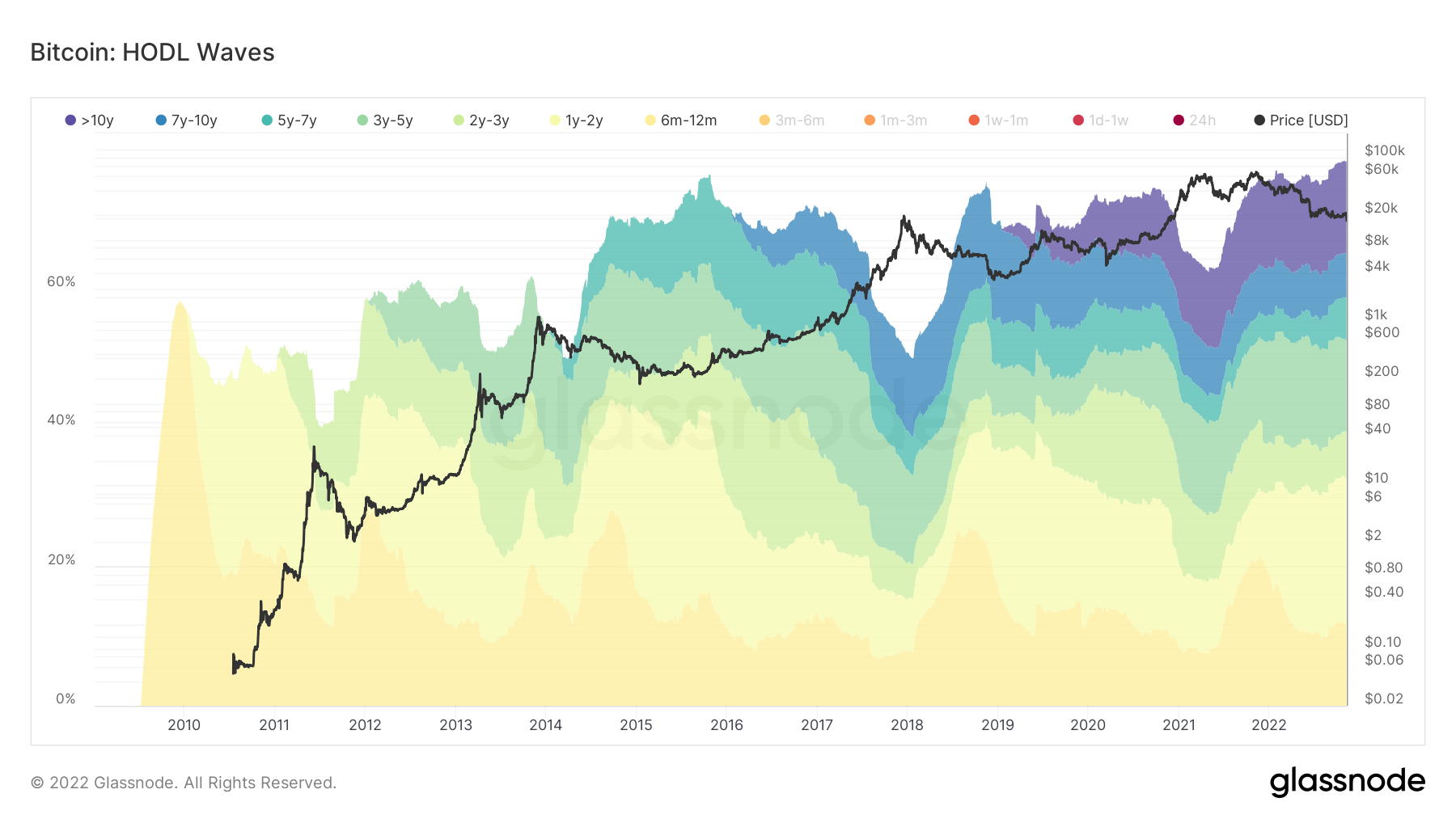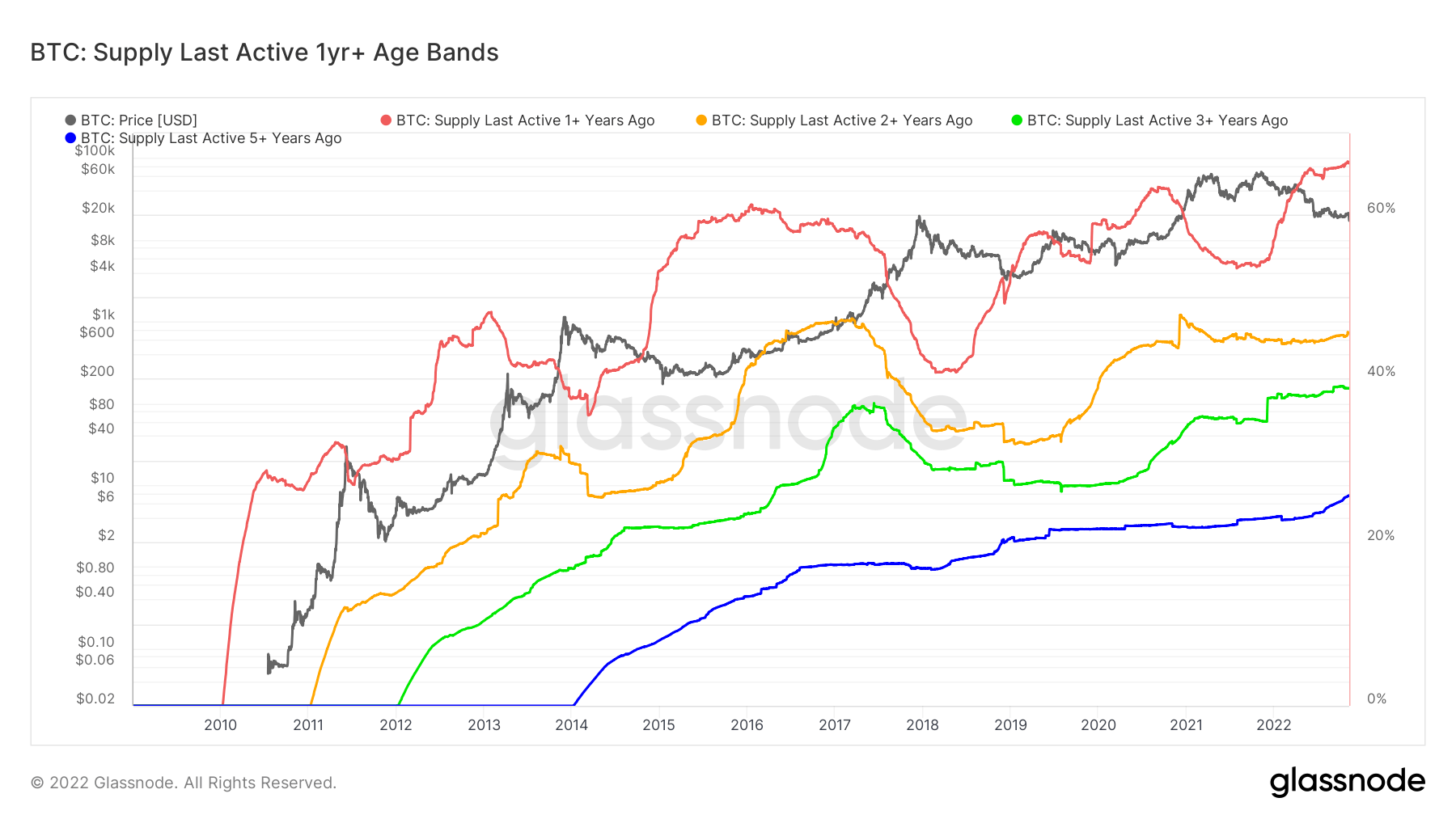FTX killed crypto, long live Bitcoin –

The FTX crash has revived the narrative that “Bitcoin maximalists were always right.”
Given the size of the troubled exchange and the number of entities involved in its network, the FTX scandal has been dominating the headlines of late.
Worse, each passing day seems to bring more twists and turns that point to serious failings within the company and among the regulatory bodies that should have prevented such scandals from happening in the first place.
In particular, questions hang over Sam Bankman-Fried’s (SBF) political influence and connections, as well as FTX’s apparent “pass” with the Securities and Exchange Commission (SEC).
Behind the veil of high-profile celebrity and sports endorsements, FTX has managed to build a reliable reputation in its relatively short three-and-a-half-year existence. While skeptics have said that the red flags were always present, this is no consolation for those who bet on FTX and lost big.
At the heart of the scandal is FTX’s native FTT token and how it has been handled. During a liquidity stress test, it failed to justify its lofty pre-collapse valuation of $3.4 billion in market cap.
The net result of the scandal is the loss of billions and an industry scrambling to preserve what little reputation and credibility it has left.
Undoubtedly, the failure gave birth to a new wave of Bitcoin maximalism, and as some might say, their vitriol towards bullshit coins has proven itself time and time again.
Bitcoin self-custody as an answer
The leading cryptocurrency is simple in design and, by all accounts, a dinosaur in terms of technology. However, Maxis points out that these same “shortcomings” are what make Bitcoin the only digital asset to hold.
Based on the fact that Bitcoin has no basis for oversight, dishonest incentives, or special rights groups, the maxis argue that the principles of decentralization, transparency, and immutability are only applicable to BTC.
In passionately defending this view, the Bitcoin-only crowd has in the past been labeled as toxic and narrow-minded. However, last week’s events demonstrate a certain degree of truth, at least from the point of view of the anti-Ponzinomics applied to trading tokens.
With hit after hit coming from Celsius, BlockFi, Voyager, Terra Luna, and more, the penny is starting to drop. Trust, simplicity and honesty prevail over performance and short-term gain.
As the industry emerges from the black swan FTX, the maxi BTC movement will only strengthen.
Altcoins are “bad”
On-chain analyst Jimmy Song wrote a lengthy piece on the “moral case against altcoins.” He covered a number of points against altcoins, including falsely riding the legitimacy of BTC and the influence of VC short-term incentives.
He argued that “altcoins are evil” and simply mirror the fiat system but in a new package. With that, their proliferation will not lead to financial freedom, as is often the goal of many entering the crypto space. Rather, the existence of altcoins only confuses the cryptocurrency from the point of view of getting the real thing i.e. Bitcoin.
Furthermore, Song argued that the altcoin space hinders the adoption of Bitcoin, thus preventing those who need it most from acquiring it due to attention being paid to brighter new projects.
“Altcoins are a cesspool of theft, patronage and rent-seeking. Altcoins build on the reputation that Bitcoin has worked hard to achieve. They enrich VCs and altcoin pumpers at the expense of the poor and vulnerable.”
Most would have labeled such views as extreme in the past, or perhaps too black and white. However, this year’s incessant CeFi scandals have prompted more people to accept these points.
On-chain data shows that the cent has dropped
While the selling pressure has an immediate impact on the price of Bitcoin, long-term HODLers continue to believe it.
The HODL Waves chart shows the amount of BTC in circulation broken down by age ranges representing the last time supply moved.
The graph below shows a sharp increase in the age group over 10 years. This has been a noticeable pattern since around 2020. However, the >10-year wave continues to widen as BTC price declines.
Additionally, the total age groups combined come in at 76%, a new all-time high.

The analysis of active supply over longer time intervals shows a general upward trend in all categories over one year. The most active since 2022 is the red group 1+ year ago, suggesting that relatively recent entrants are becoming maxi.
